
Hard ground can be tough, but you can make it grow! Try raised beds, where plants grow in soft soil above the hard dirt.
Use keyhole gardens for easy watering and fresh veggies. These ideas work even when the earth is tight and stubborn.
Need fun ways to grow? Dig into tips that turn tough soil into a garden wonderland.
Learn how to grow flowers, fruits, and veggies without breaking a sweat. Start today and watch your space bloom!
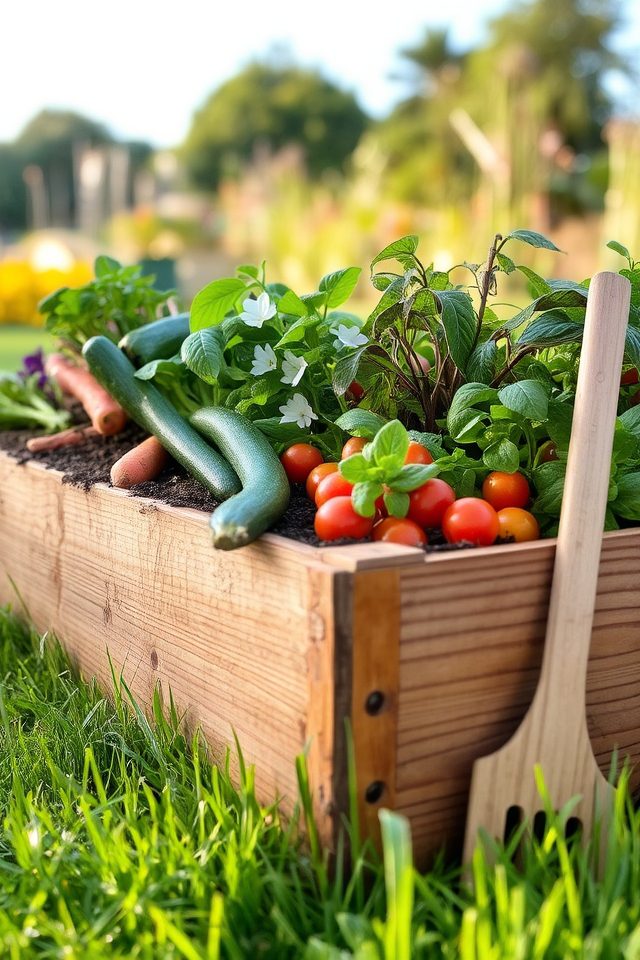
Raised garden beds are an excellent solution for gardeners dealing with hard ground. By elevating the soil, these beds improve drainage and create a more favorable growing environment for plants. The added height not only reduces soil compaction but also facilitates easier maintenance, such as weeding and harvesting. Additionally, raised beds allow for customized soil mixtures, ensuring ideal nutrition and moisture retention for your garden, making them a practical choice for any hard ground landscape.
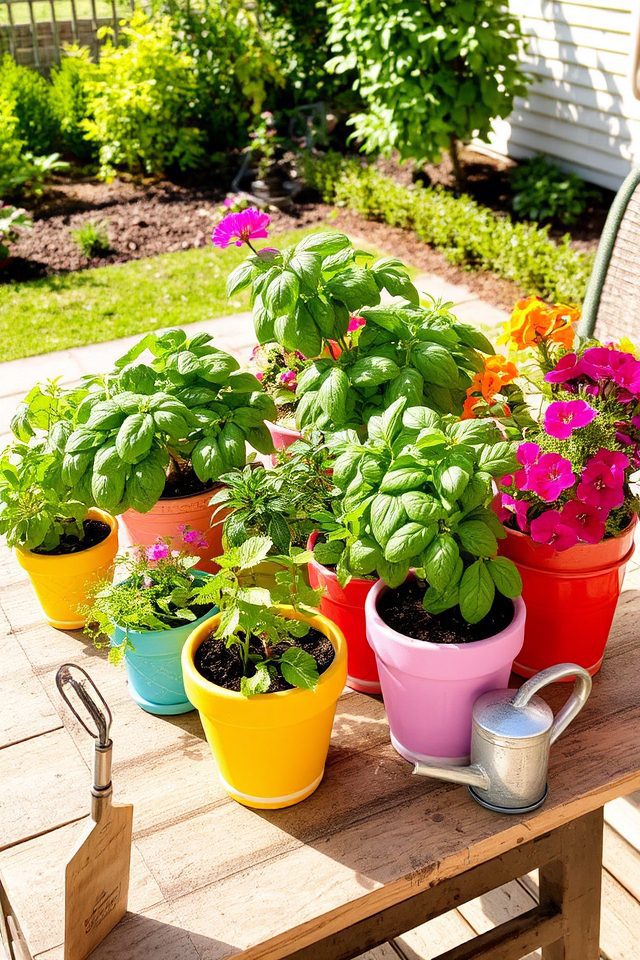
Container gardening is an excellent solution for hard ground, offering versatility and mobility. By using pots, raised beds, or other containers, you can create a vibrant garden regardless of soil conditions. This method allows for better soil control, easier access for maintenance, and the ability to rearrange plants based on sunlight or aesthetics. Additionally, container gardening can elevate smaller spaces and provide opportunities to cultivate a wide variety of plants, from flowers to vegetables, without the limitations of traditional ground planting.
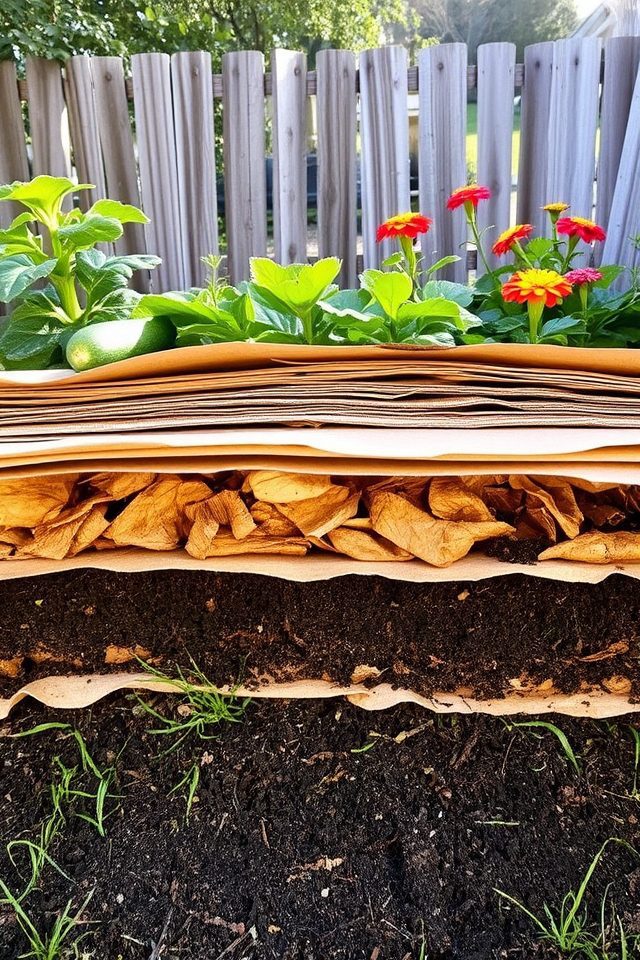
Lasagna gardening is an innovative method that utilizes layered organic materials to build fertile soil, making it ideal for hard ground. By stacking layers of carbon-rich materials like cardboard and dry leaves followed by nitrogen-rich materials such as grass clippings and kitchen scraps, you create a nutrient-rich bed that encourages microbial activity and improved soil structure. This method not only breaks down compacted soil but also minimizes the need for tilling, fostering a thriving garden ecosystem.
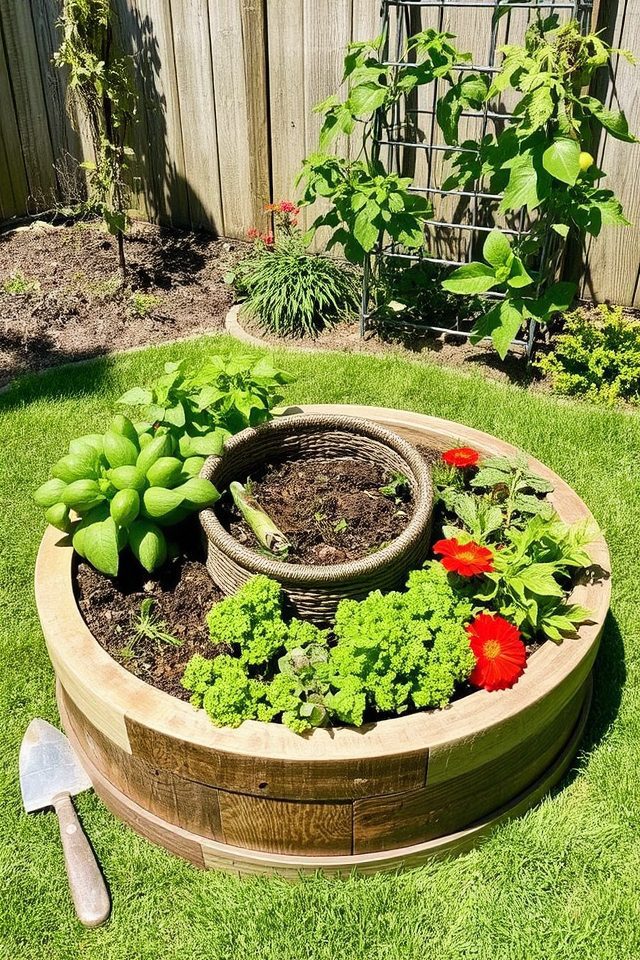
Building a keyhole garden is an innovative solution for those facing hard ground conditions, maximizing space while promoting efficient gardening. This circular, raised bed features a central compost basket that feeds nutrients to surrounding plants. Its unique design allows easy access from all sides, making it ideal for limited spaces. By utilizing vertical gardening techniques, a keyhole garden fosters healthy soil and encourages sustainable practices, transforming hard ground into a vibrant, productive oasis.
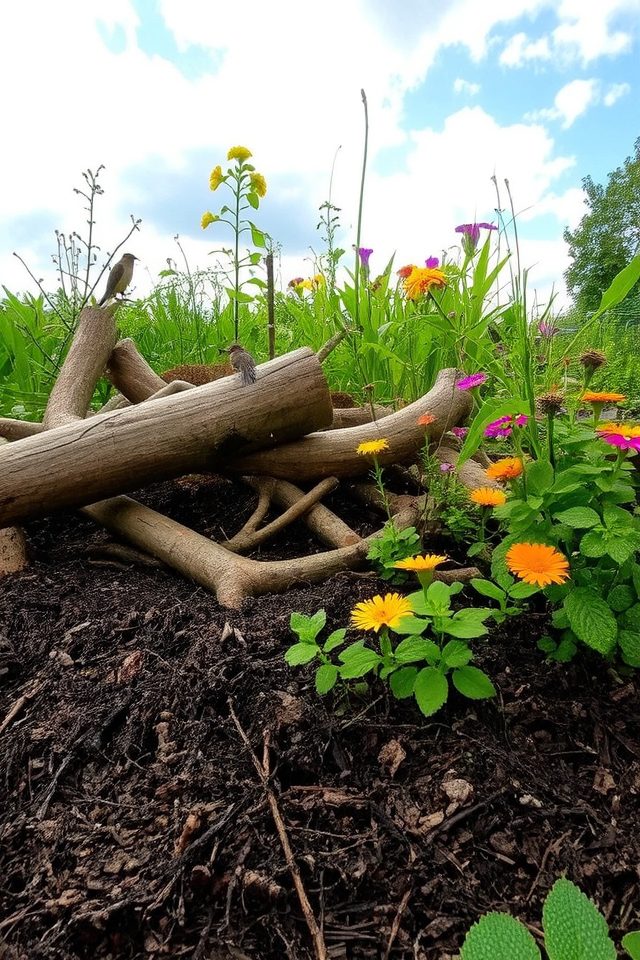
Utilizing hugs for a no-dig approach in gardening is an innovative method that promotes a sustainable, low-impact planting technique. By creating hugelkultur beds, you can build up layers of organic materials, such as logs, branches, and compost, directly on hard ground. This allows for nutrient-rich soil to develop naturally over time, reducing the need for tilling. Additionally, it enhances moisture retention and improves overall soil health, fostering a flourishing garden ecosystem without disturbing the existing terrain.
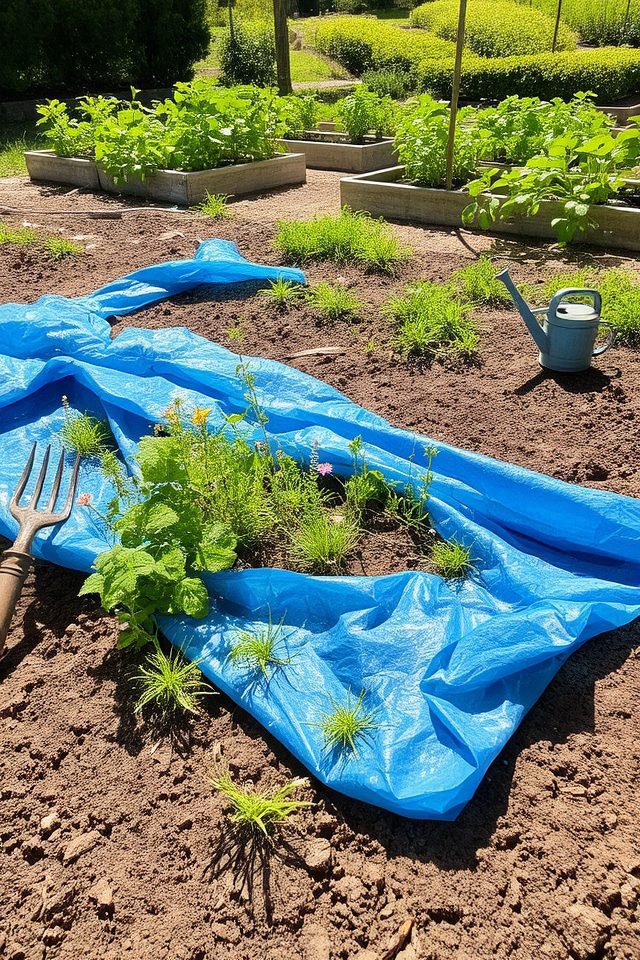
The tarp method is an effective way to break up hard soil and improve your garden’s health. Begin by covering the desired area with a large, durable tarp; this traps moisture and creates a greenhouse effect. Over time, the heat and moisture will soften the soil, making it easier to work with. Leave the tarp in place for several weeks, occasionally checking the soil’s progress. Once softened, you can easily amend or till the soil for planting.
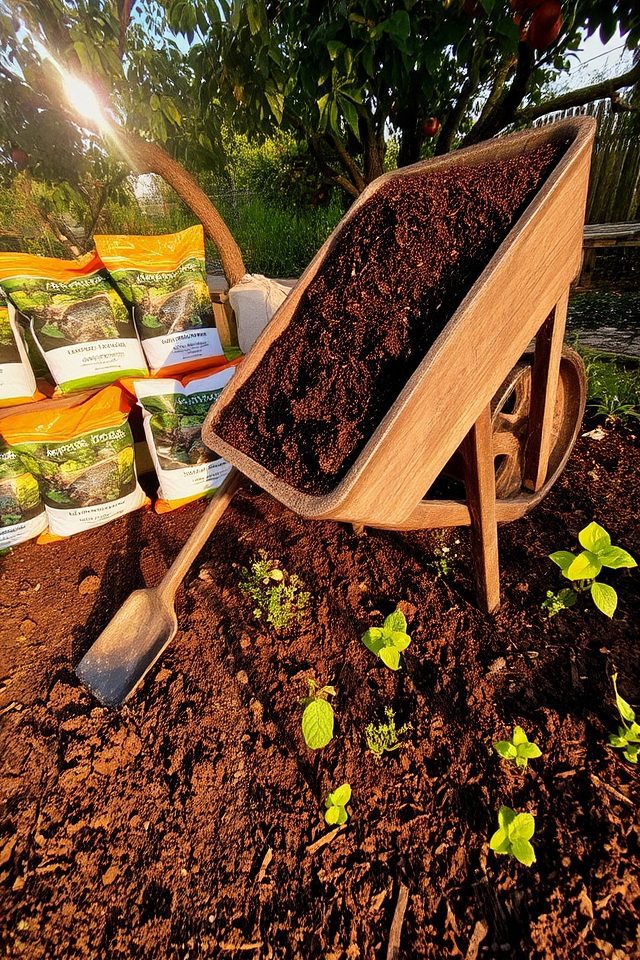
Using soil amendments is a fantastic way to improve the texture of hard ground, enhancing its fertility and drainage. Incorporate organic matter such as compost, well-rotted manure, or leaf mold to break up compacted soil and improve its structure. Additionally, consider adding perlite or vermiculite to enhance aeration and moisture retention. These amendments not only promote healthier plant growth but also create a more inviting garden environment for roots to thrive.
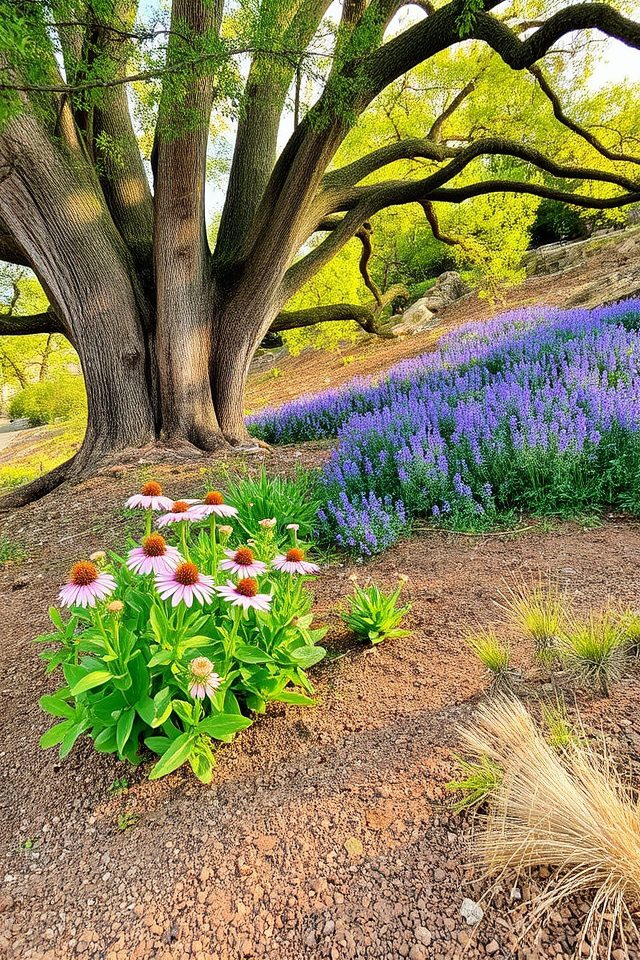
When selecting deep-rooted plants for tough soil conditions, it’s essential to choose species that can thrive in challenging environments. Look for native plants, as they are often well-adapted to local soil types and climate. Deep-rooted varieties such as oak trees, coneflowers, and wild indigo can access moisture and nutrients from deeper soil layers, making them resilient during dry spells. Incorporating these plants can enhance your garden’s longevity while helping improve soil health over time.
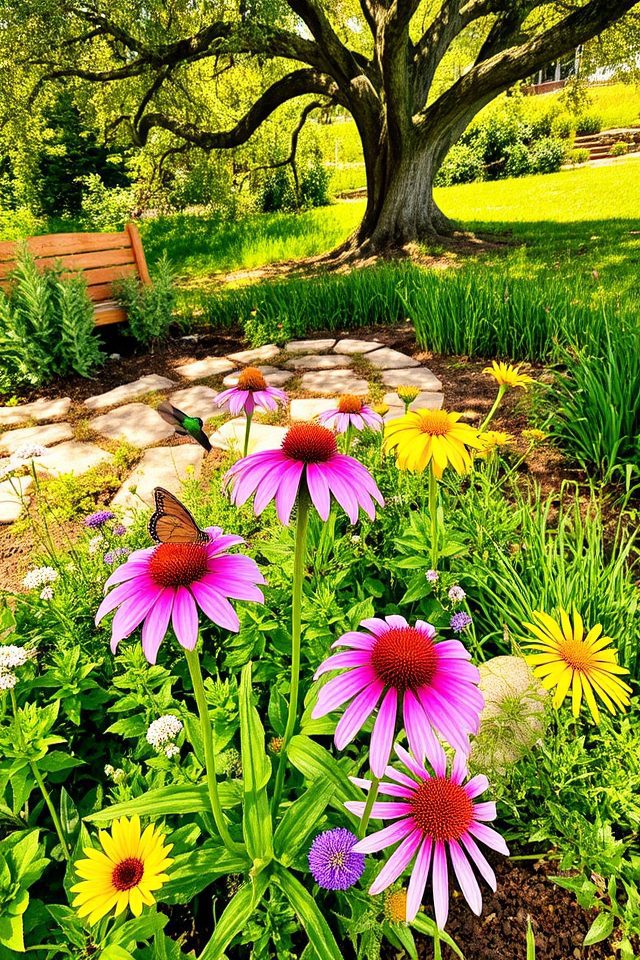
Incorporating native plants into gardens with hard ground not only enhances the landscape but also promotes resilience. These plants are naturally adapted to local climates and soil conditions, requiring less water and maintenance. Their deep-root systems help break up compacted soil, improving aeration and drainage. Additionally, native plants attract local pollinators and wildlife, fostering a vibrant ecosystem. By choosing native species, gardeners can create sustainable, thriving gardens that thrive even in challenging conditions.

Straw bale gardening offers an innovative solution for those struggling with hard ground. This method involves using bales of straw as planting mediums, which not only requires minimal soil preparation but also provides nutrients as they decompose. To set up, simply condition the bales with water and fertilizer, allowing them to break down for about a week before planting. This technique not only enhances drainage but also raises the garden beds, making gardening easier and more accessible.
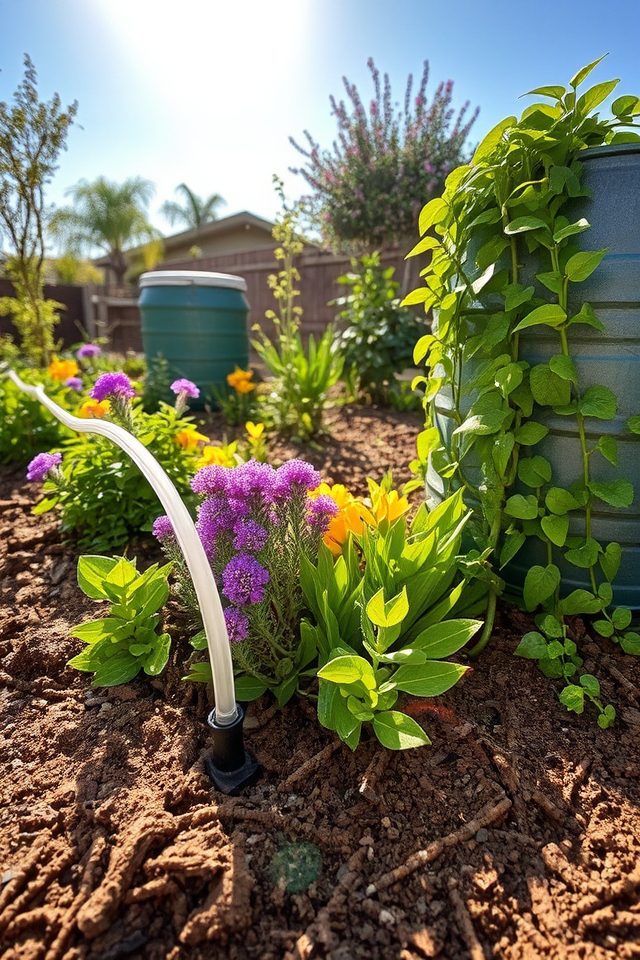
Hydropolis gardening focuses on optimizing water use in hard ground conditions, making it ideal for arid or compacted soils. This technique employs innovative water-saving methods, such as drip irrigation systems, rainwater harvesting, and moisture-retaining soil amendments. By incorporating native plants and drought-resistant species, gardeners can create vibrant landscapes that thrive with minimal water input. This sustainable approach not only conserves water but also enhances the resilience of the garden in challenging environments.
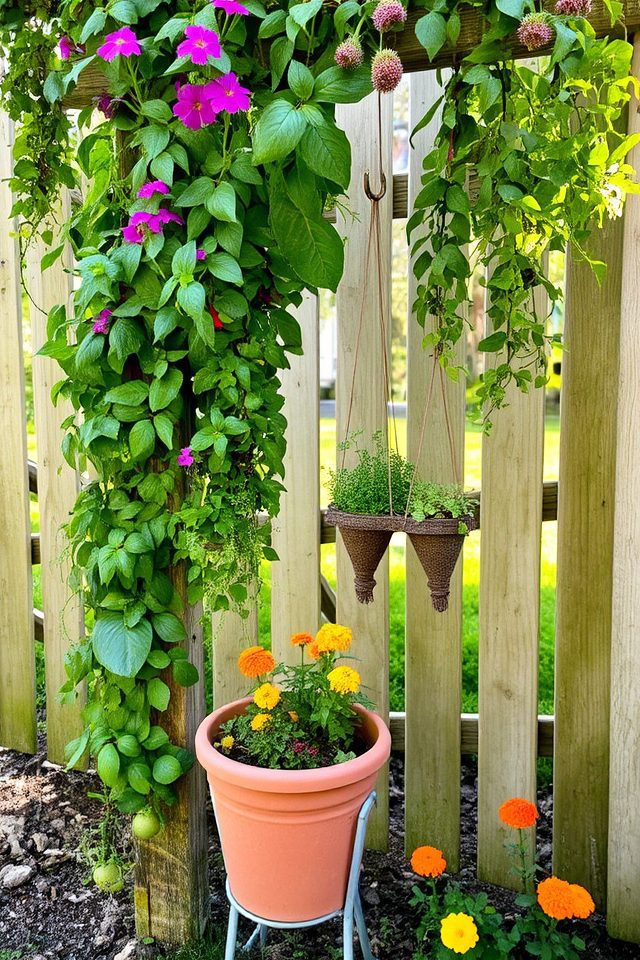
Vertical gardening is an innovative solution for maximizing space in gardens with hard ground, enabling you to cultivate plants without extensive digging. By utilizing trellises, wall planters, and hanging pots, you can create lush greenery upwards while keeping the ground area clear. This method not only saves space but also enhances air circulation and light exposure for your plants. Additionally, vertical gardens can add a visually appealing element to your outdoor space, making a garden feel more expansive and vibrant.
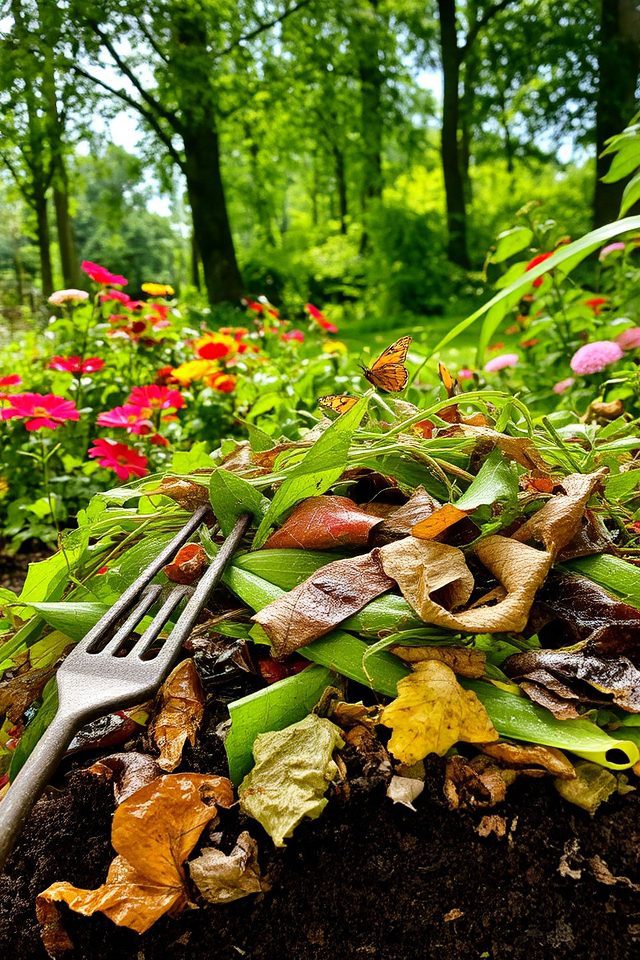
Starting a compost pile is an excellent way to enrich hard soil and improve its structure. Begin by selecting a dry, shady spot in your garden. Layer green materials (like kitchen scraps and grass clippings) with brown materials (such as dry leaves and cardboard) to create a balanced mixture. Turn the pile regularly to aerate it, and keep it moist. Over time, the decomposed materials will transform into nutrient-rich compost, enhancing your garden’s soil and supporting healthy plant growth.
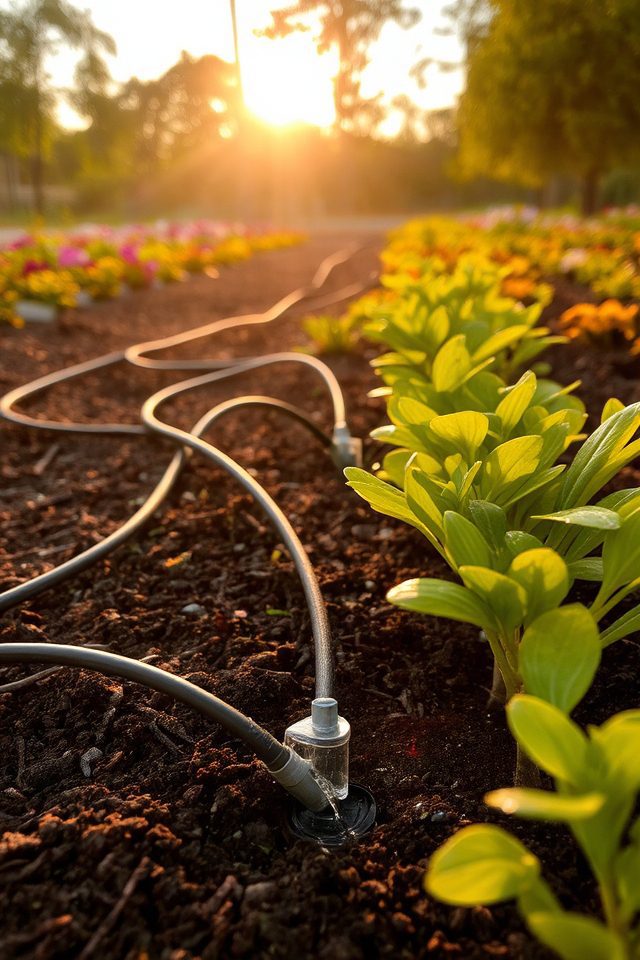
Drip irrigation is an ideal solution for gardens established in hard ground, as it delivers water directly to the roots of plants while minimizing evaporation and runoff. This method guarantees that water penetrates deeply into the soil, promoting healthier growth even in challenging conditions. By using a series of tubes and emitters, gardeners can efficiently manage water usage and reduce waste, making it an environmentally friendly choice for maintaining vibrant gardens.

Planting cover crops is an excellent strategy for improving soil health in hard ground conditions. These crops, such as clover, rye, or vetch, help to break up compacted soil, enhance nutrient content, and prevent erosion. By planting cover crops during the off-season, you can increase organic matter and promote beneficial microbial activity. Additionally, once turned into the soil, they provide essential nutrients, making your garden bed more fertile and ready for the next planting season.
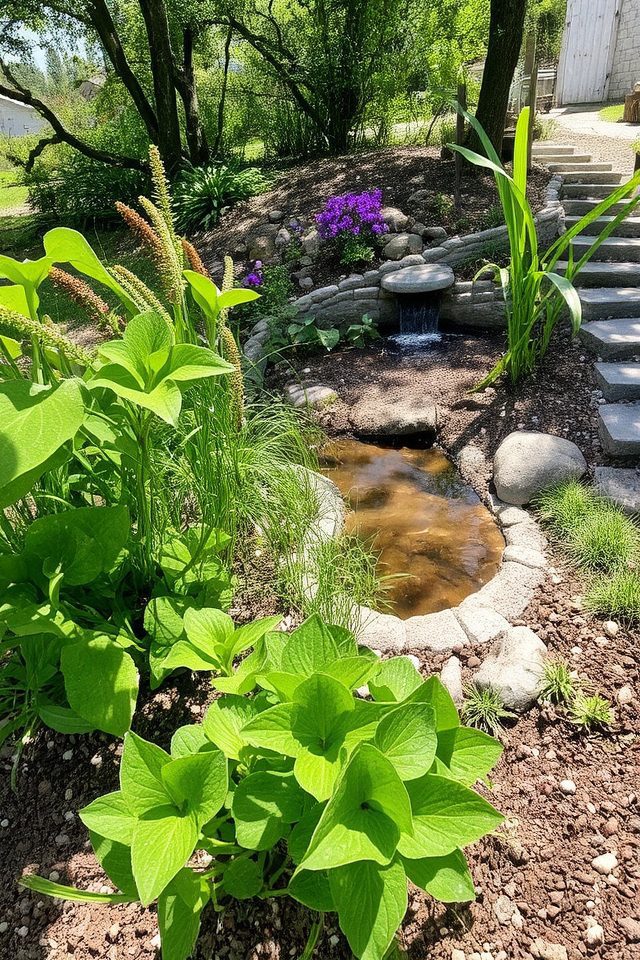
Installing a rain garden is an effective way to manage water flow on hard ground. This landscape feature collects and absorbs stormwater runoff from impervious surfaces, such as driveways and roofs, preventing flooding and water pollution. By choosing native plants that thrive in wet conditions, you can create a sustainable garden that enhances biodiversity while improving drainage. Additionally, a well-placed rain garden can beautify your yard and provide a habitat for local wildlife.
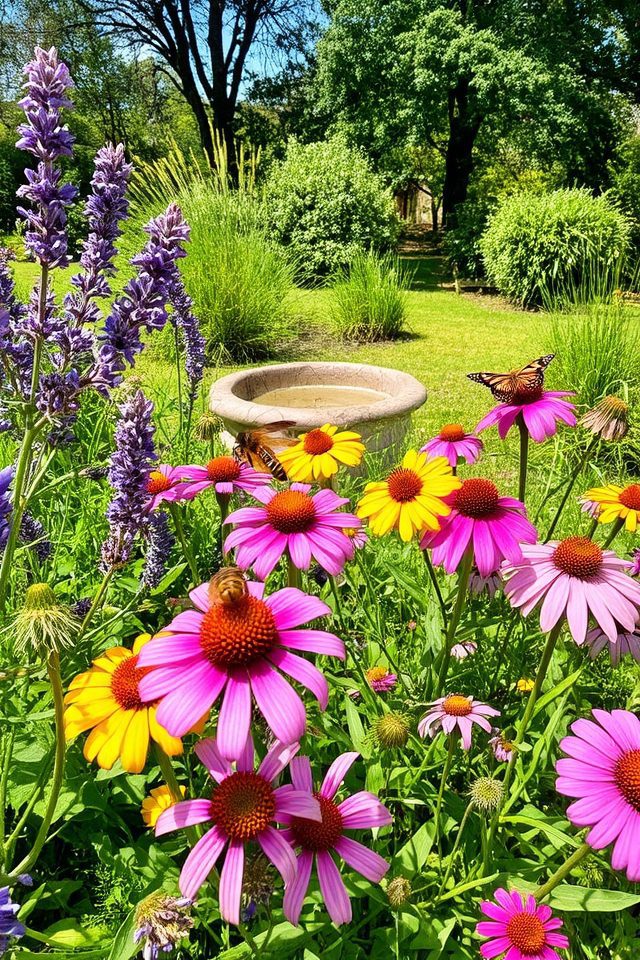
Creating a wildlife-friendly garden is an excellent way to attract pollinators and promote biodiversity. Start by incorporating native plants that provide food and habitat for bees, butterflies, and other beneficial insects. Consider adding nectar-rich flowers, shrubs, and trees to create a layered garden that offers shelter and nesting sites. Providing water sources and avoiding pesticides will further enhance your garden’s appeal to pollinators, fostering a thriving ecosystem that benefits both wildlife and your hard ground garden.
By embracing these innovative gardening techniques, you can transform even the toughest ground into a thriving oasis. For instance, imagine your small backyard witnessing a stunning metamorphosis with vertical gardens that not only save space but also burst with colorful blooms and fresh herbs. Whether it’s building a keyhole garden or starting a rain garden, these creative ideas empower you to cultivate beauty and biodiversity right in your own landscape. Let’s get started on this rewarding gardening adventure!

Don't let aphids, slugs, and caterpillars ruin another plant. Take back control with simple, natural methods that actually work.